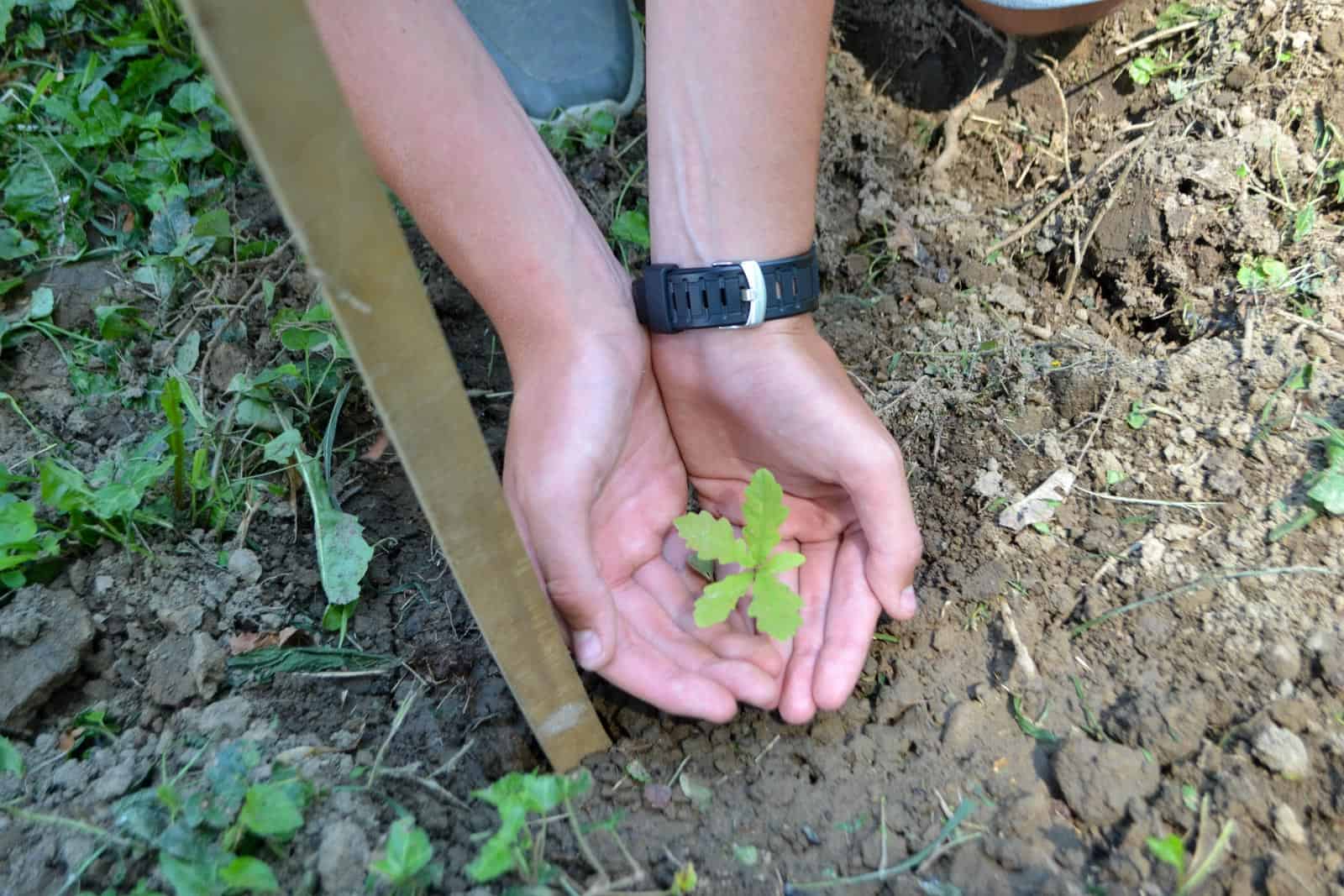Cultural and spiritual significance of nature
Nature brings many values to us humans. Throughout history, nature has provided us with ecosystem services, social, historic, cultural and aesthetic meanings and ideas. It is a constant source of inspiration for all generations, individuals and groups. This is why the IUCN World Commission on Protected Areas Specialist Group on Cultural and Spiritual Values of Protected Areas (CSVPA), together with other experts has developed practical guidelines for making the cultural and spiritual significance of nature central to the governance and management of protected and conserved areas.
Please also read: Wilderness is therapy
Cultural and spiritual significance of nature in language
The significance of nature can be based on many different values and meanings. Sometimes what is a value for one may not be of equal value to others. How different cultures value natural elements is also visible in the language. Let’s take for example the word Wilderness. In a multilingual continent like Europe, finding definitions and translations for the term Wilderness is a great challenge. Many cultures do not have one single word for Wilderness or wild nature. Other languages interpret Wilderness as chaotic, messy, dangerous and unfriendly. As a solution many use the English term, like the European Wilderness Society does in their multilingual outreach.
Other native cultures are so intertwined with nature, that they don’t differentiate between nature and humans in their language. Nature encompasses instead a variety of concepts, for example in Sanskrit, Hebrew, Arabic, Greek and Chinese, nature means everything physical land mental in the world, including culture.
Significance-led conservation
The most popular approach when it comes to governance and management decisions in protected areas is through using the concept of ecosystem services. However, this is a very one-sided view focusing on merely economic benefits nature can bring us. The consequences of forgetting the spiritual and cultural value can be very serious especially in places where decisions affect particular cultural groups, indigenous people. Moreover, these consequences are very often remain unaddressed by conservationists as well.
The UNESCO heritage system addresses cultural significance, based on well established assessment criteria. These are also integrated in national legislation as well as various policies and guidelines. However, the Specialist Group on Cultural and Spiritual Values of Protected Areas points out that there can be a considerable degree of subjectivity about how one interprets the criteria and nature-culture interlinkages. Therefore, these guidelines aim to create a significance-led conservation approach that prioritises transparent processes. The study classified values and connected attributes and qualities, as well as identifying the main overarching principles:
- Respect diversity
- Build diverse networks
- Ensure safety and inclusivity
- Account for change
- Recognise rights and responsibilities
- Recognise nature-culture linkages
Good practice example in Majella, Italy
Majella Wilderness and the surrounding area has a long-standing cultural and spiritual heritage. Many natural caves were used already in pre-Christian times as dwellings, burials and worship sites. Moreover, as the area is a land of shepherds, in former times seasonal transhumance was a common practice in the region.
The Majella National Park management has succeeded in integrating cultural and spiritual significance in nature conservation. The National Park management has very Hugh support from local communities enjoys higher support from local populations for their protected area management. The Park management integrates traditional activities in their marketing strategies. Moreover there are systems of compensation and mitigation for wildlife encounters, such as effective livestock protection with pastoralism, shepherds and livestock guarding dogs. The key to their success is:
- recognising that traditional activities are important heritage that can enhance biodiversity
- zoning based on cultural as well as environmental indicators
- emphasising historical continuity between cultures and beliefs in landscape interpretation.
Guidance for protected area managers and conservationists
Within twelve guidelines and nine good-practice case studies, this Guidance document for protected and conserved area governance and management will assist in recognising that cultural and spiritual value of nature is fundamental to successful conservation. Read the full document below.










Yes part of the reason I at least and I suspect many others too is for spiritual reasons.wilderness is all around us but we forget because we can see it.i live a 2 minutes walk from the sea, infact I can hear it now, and if I fell in it I’d be dead in 10 minutes just like being lost in the Siberian forests!go up and effectively anything above the bottom on the troposphere is wilderness.